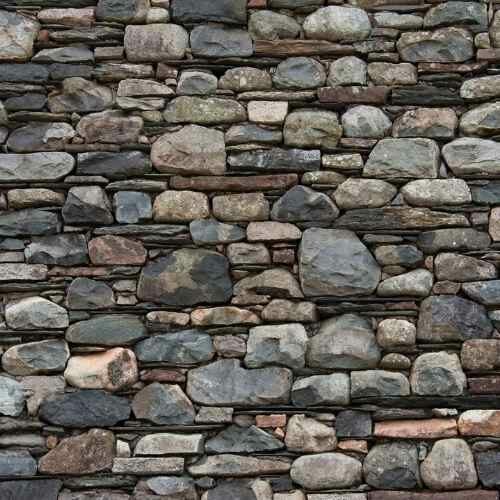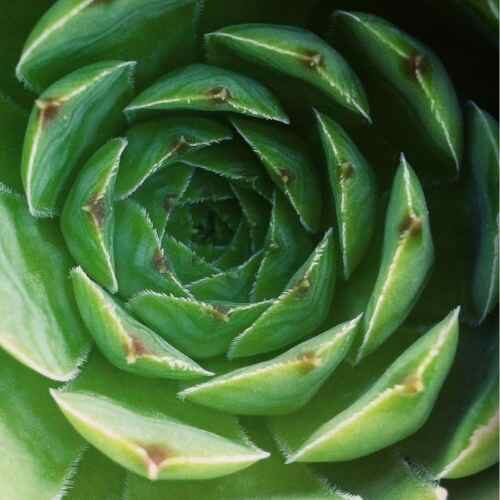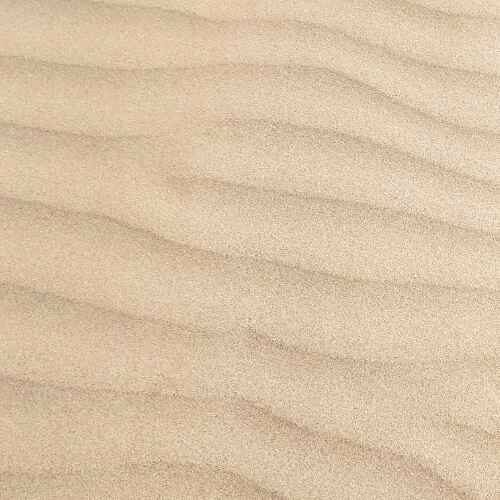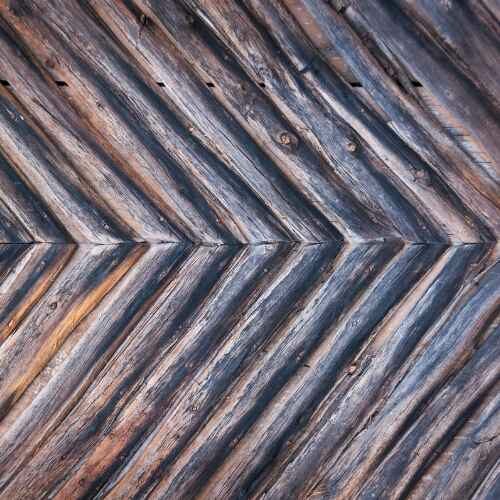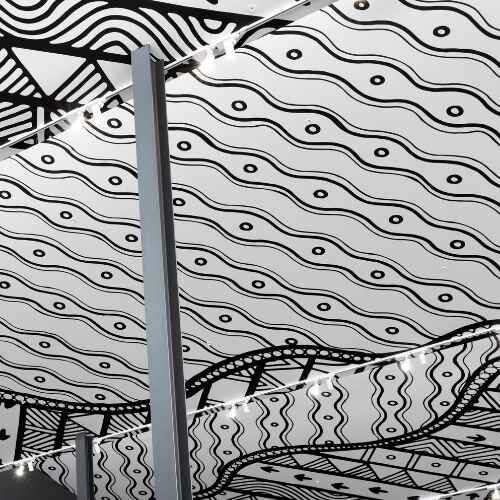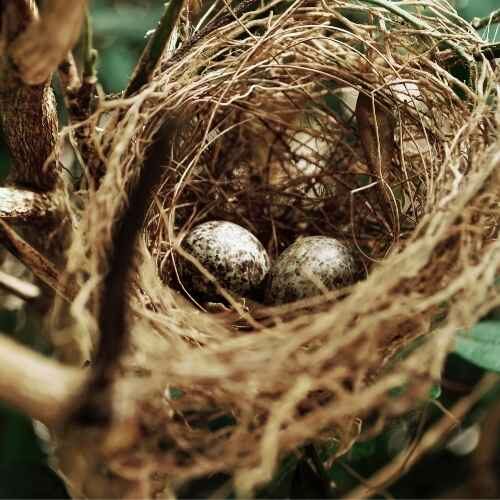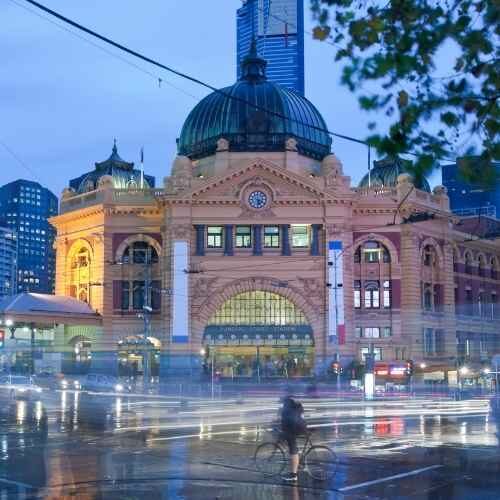Biophilic Design Is Good Design
It’s intuitive and fundamental to good design – not a bolt-on. Good architecture always exhibits the fundamental principles of biophilic design even if not considered in a formal way.
It can be helpful to refer to a biophilic design framework or theory, however, it’s important to remember that there is no single ‘checklist’ for integrating biophilic design into a project.
A thorough understanding of the philosophy should underpin every decision to make a project truly biophilic.
Living Future programs are guided by the ideas of Stephen Kellert and Elizabeth Calabrese in The Practice of Biophilic Design. This is one of several works that outline biophilic design theory. Each speaks to different elements and characteristics of biophilic design and will broaden understanding.




